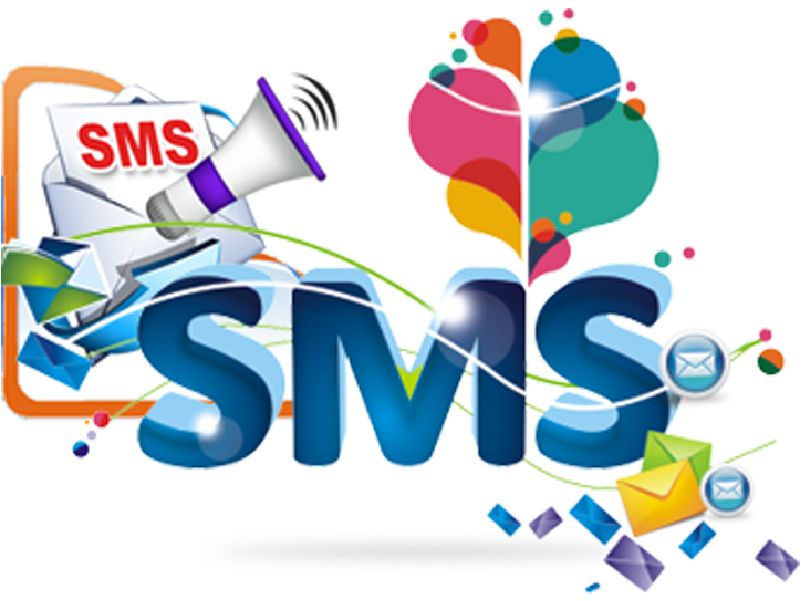Getting Started with RCS Marketing: A Step-by-Step Guide








Getting Started with RCS Marketing: A Step-by-Step Guide
Getting Started with RCS Marketing: A Step-by-Step Guide
Rich Communication Services (RCS) marketing offers an innovative way to engage customers with rich media, interactive features, and personalized messaging. As a successor to traditional SMS, RCS provides a more immersive and dynamic customer experience. This guide walks businesses through implementing RCS marketing, from selecting a provider to launching effective campaigns.
Step 1: Understand the Benefits of RCS Marketing
Before diving in, it’s essential to understand the advantages of RCS marketing. Unlike SMS, RCS allows for:
- Rich media support like images, videos, GIFs, and carousels.
- Interactive buttons for actions like “Buy Now” or “Learn More.”
- Verified branding with company logos and colors, which builds trust.
- Advanced analytics with insights into opens, clicks, and interactions.
- Real-time communication for more immediate, personalized support.
These features create a richer, app-like experience within the messaging platform, enhancing customer engagement and satisfaction.
Step 2: Choose an RCS Marketing Provider
To get started with RCS marketing, you’ll need to partner with an RCS provider. Here are some factors to consider:
- Features and capabilities: Look for providers that offer a robust suite of RCS features, including rich media, interactive buttons, and analytics.
- Carrier partnerships: Ensure that the provider has partnerships with mobile carriers to support RCS messaging across various networks.
- Global reach: If your business has a global audience, check whether the provider supports RCS on a global scale.
- Pricing: Compare pricing models and find a provider that fits your budget without sacrificing necessary features.
Popular RCS Providers: Twilio, Sinch, and Infobip are examples of providers that offer RCS services with a range of features and analytics.
Step 3: Set Up Your RCS Account and Configure Branding
After selecting a provider, you’ll set up your account. Most providers will help you get started with the following:
- Account setup: Register your business account with the provider.
- Brand verification: Verify your business to display your logo, brand colors, and other elements in RCS messages, giving customers confidence they’re interacting with an authentic account.
- Message templates: Work with your provider to configure message templates, especially for frequently used messages like order confirmations, promotions, and customer service updates.
Step 4: Define Your RCS Marketing Goals and Campaigns
Define clear objectives to guide your RCS campaigns. Common goals include:
- Improving customer engagement with personalized, interactive messages.
- Boosting conversions by offering quick purchase options and seamless checkout.
- Providing better customer support with real-time messaging options.
- Increasing brand awareness with visually compelling content and interactive promotions.
Campaign Ideas:
- Product Showcases: Use high-quality images, carousels, and videos to highlight new or popular products.
- Limited-Time Offers: Include a countdown timer, interactive buttons for direct purchases, and links to further details.
- Event Reminders: Schedule notifications with event details, RSVP options, and calendar reminders.
Step 5: Personalize and Segment Your Audience
Personalization is critical to RCS success. Use customer data to create targeted segments for your campaigns. Consider factors like:
- Past purchases to recommend relevant products.
- Location for region-specific promotions or event reminders.
- Behavioral data like browsing history or engagement with past messages.
For instance, a retail business can send personalized promotions based on the customer’s previous purchases, while a restaurant can promote special events in the customer’s local area.
Step 6: Design Engaging RCS Messages
With RCS, you have more design flexibility than SMS. To create compelling messages:
- Use rich media: Include eye-catching images, GIFs, and videos to make messages visually engaging.
- Incorporate interactive buttons: Add call-to-action (CTA) buttons for easy interaction, such as “Order Now,” “Track Order,” or “View More.”
- Limit text: Keep text concise and to the point. The visual elements should communicate the main message, with text providing context.
- Brand your messages: Use your logo and colors to make the message instantly recognizable.
Step 7: Launch and Monitor Your RCS Campaign
Once your campaign is ready, launch it through your RCS provider’s platform. Most providers offer analytics and tracking tools to monitor performance in real time. Key metrics to track include:
- Open rates: Measure how many recipients open the RCS message.
- Click-through rates (CTR): Track the effectiveness of interactive buttons and CTAs.
- Conversions: Monitor actions taken directly in the message, such as purchases, RSVPs, or link clicks.
- Engagement metrics: Use metrics like time spent in the message and interactions with rich media (e.g., image carousel swipes) to gauge engagement.
Regularly reviewing these insights will help you optimize and adjust future campaigns based on user behavior.
Step 8: Optimize and Scale
After gathering insights, refine your campaigns by:
- Adjusting content based on engagement trends, such as using more images if they increase CTR or rephrasing CTAs for clarity.
- Segmenting further to send more targeted messages to specific audience groups.
- Testing new features like chatbots or AI-driven content suggestions if your provider supports them.
With successful campaigns, you can consider scaling RCS marketing across more customer segments or even automating certain interactions with RCS-enabled chatbots for 24/7 customer service.
Suggested Hashtags:
- #RCSMarketing
- #RichMediaMessaging
- #CustomerEngagement
- #InteractiveMarketing
- #MobileMessaging
Conclusion
Implementing RCS marketing offers businesses an advanced way to interact with customers, blending the immediacy of SMS with the rich, app-like experience of mobile web. By carefully setting up your RCS strategy, defining clear objectives, and continuously optimizing based on data insights, you can create highly engaging, interactive campaigns that drive results.

